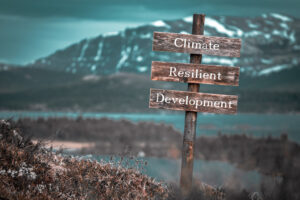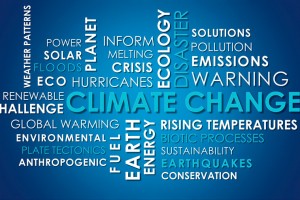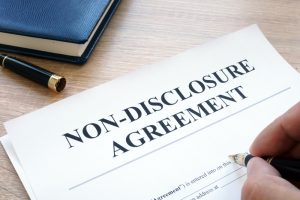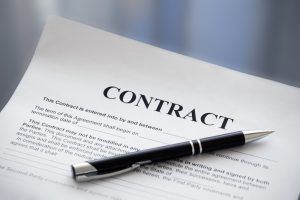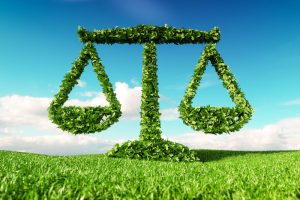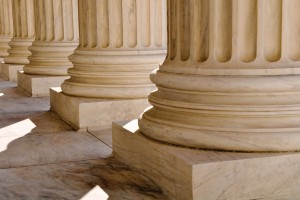How it may affect the profession. Part 3
Parts 1 and 2 of this series were previously published in the May and July issues of STRUCTURE. Part 1
provided a general overview of how climate change could impact an engineer’s services; Part 2 looked at the engineer’s professional standard of care. This final article looks at contractual provisions that could help to protect engineers against allegations that they failed to address climate change in their designs.


